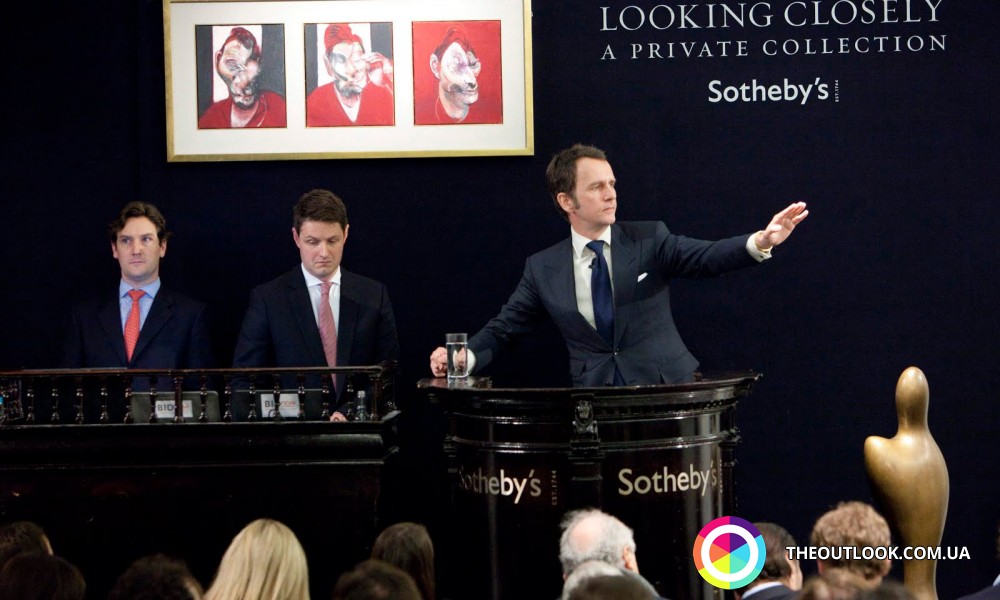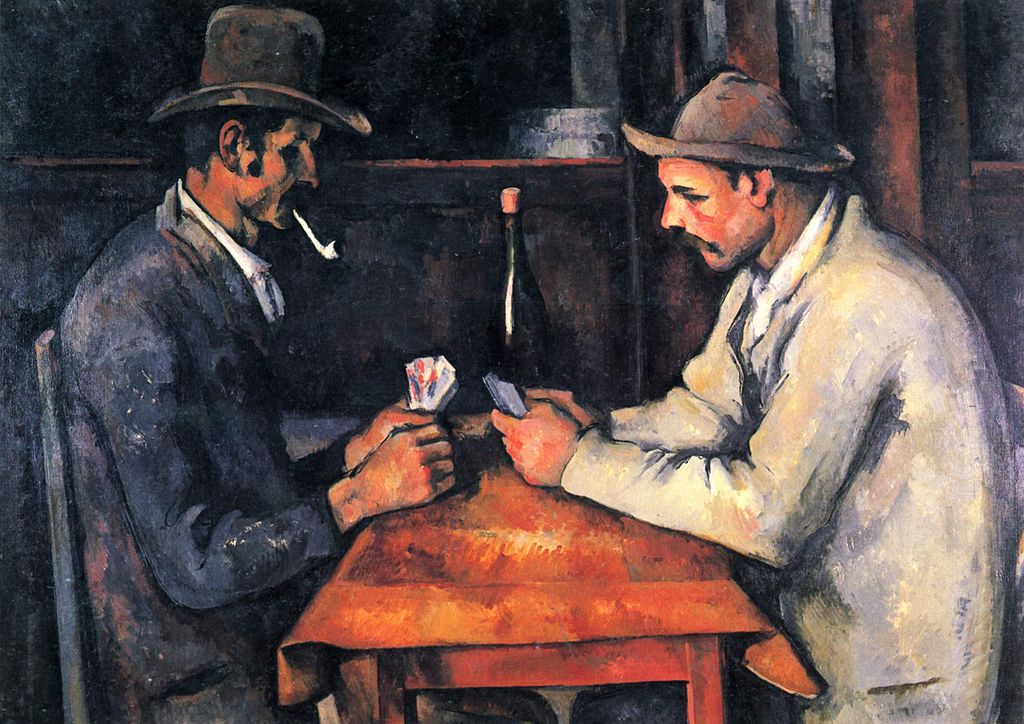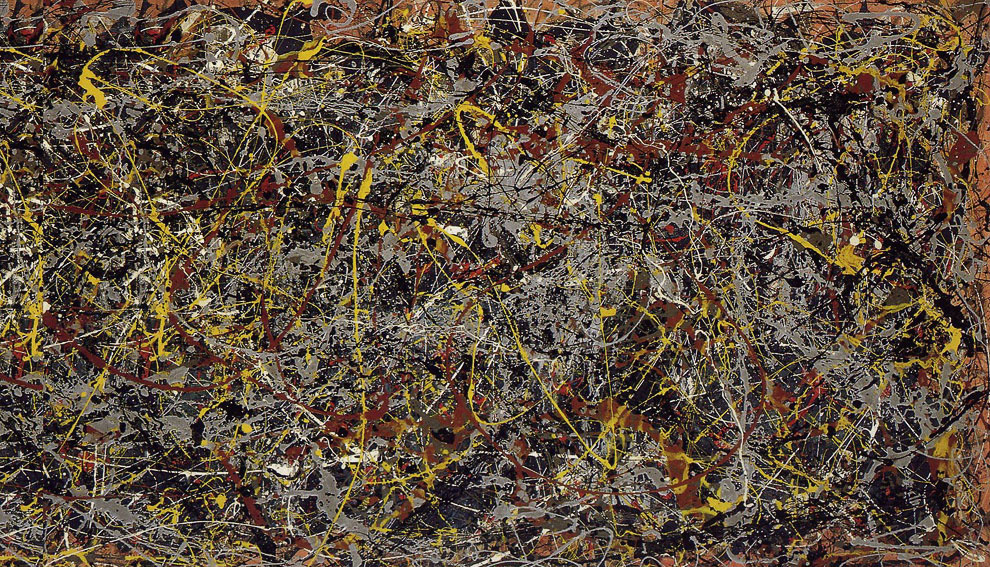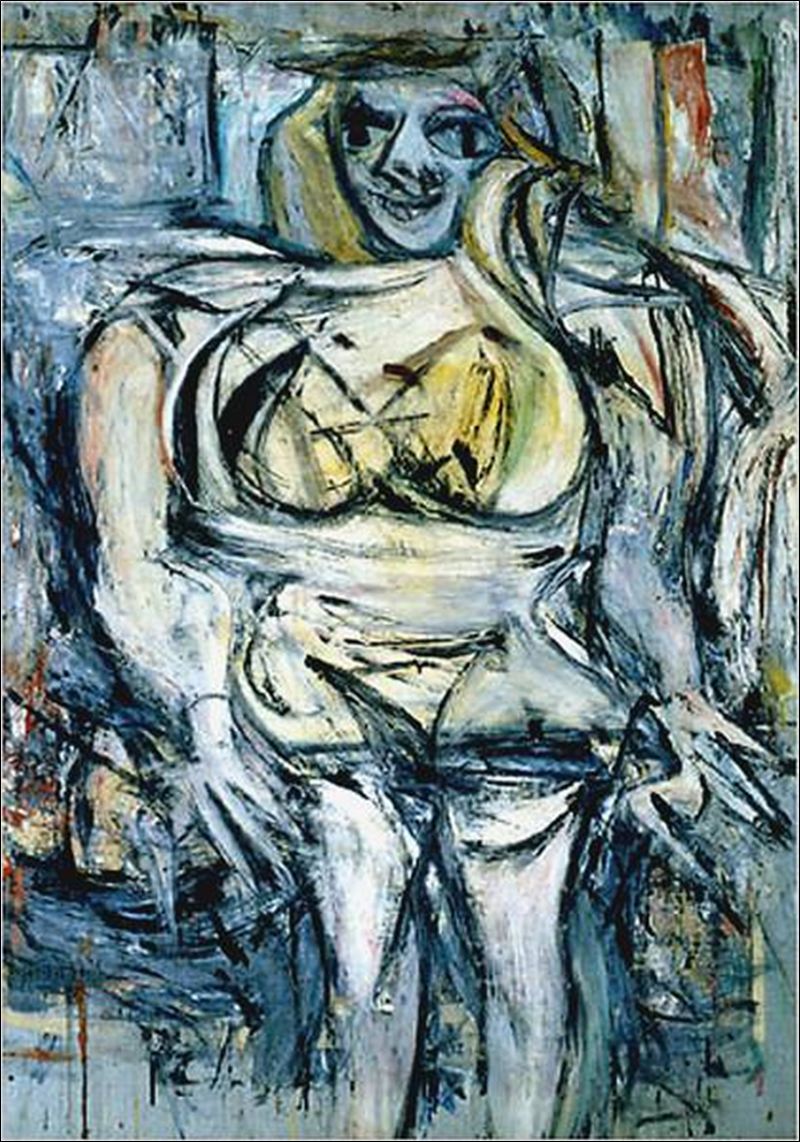Crème de la Crème of Private Sales: Cézanne, Pollock, de Kooning

The Card Players by Paul Cézanne – $259,000,000
«…I met him carrying a picture one end of which was dragging along the ground. «There is not a cent left in the house! I’m going to try to send this canvas. It is pretty well realized, don’t you think?
(memoirs of Pierre-Auguste Renoir)
Cézanne, as is the case with many authors who left this world, would most likely have been shocked had he learned about his after-death success. Slightly over a century ago he was selling his paintings against 40 Franc – back then, in 19th century, half of this sum was the cost of a small room in Paris and against 10 Franc a month maestro was providing himself with paint and canvases.
However, in spring of 2001 an unprecedented amount of money was paid for his Players that was twice as large as previous auction record - $ 259,000,000. Needless to say the deal had huge public response. Let us just say that Victor Wiener, fine art appraiser from Lloyd’s of London (it was him who appraised damage inflicted by Steve Wynn’s elbow to Picasso’s painting) called this sale “a point of departure: it changes the whole art-market structure”. And the buyer was the family of Emir of Qatar – rulers of this state, according to auction houses calculations, allocate over 1 billion dollars for purchase of art objects annually.
Over 15 years later appraisers by and large agree that the fifth picture of “The Card Players” brought art market to another level, indeed. And a modest petrostate now can be counted as a peer to Metropolitan Museum of Art, Barnes Foundation, Musée d’Orsay and Courtauld where other four Cézanne’s Players are preserved.

No 5, 1948 by Jackson Pollock - $140,000,000
«I am astonished that decorative 'wallpaper' could gain such a position in art history alongside Giotto, Titian and Velazquez.»
(Craig Brown, art critic)
Despite this, in 2006 during private sales via Sotheby’s Pollock’s canvas was sold against $140 million. Now that we mentioned it, details and precise amount of the deal are still subject to arguments; The New York Times that published the data prior to anyone else never gave up its information sources although insisted on their credibility.
But that’s not the point. It isn’t crucial now whether No 5 was sold against 140 or 145 millions. And it even isn’t that important that it was the first time an object created in post-war times joined the list of the most expensive ones. Core of the deal is revision of values that took place almost 10 years ago, or more precisely in expansion of their range. For the first time close club of impressionists, post-impressionists and other appreciated ones was intervened by… abstract expressionism! Picture painted on a huge piece of fiberboard almost two and a half meters wide that constitutes an schizophrenic extravaganza of drops – by the by, it was this technique that earned the author his nickname, Jack the Dipper – became second most expensive painting of the world.
Critics agree that the Great Sprinkler largely sublimated himself into his art. Therefore when peering into this mess of outlines where bright streaks cut through gloomy shades you see Pollock himself. The one who underwent treatment at mental health institution and was suffering from alcohol addiction his entire life… but in 1949 he became the most outstanding America’s painter according to Life Magazine. The one that Dali wrote in his Diary of a Genius about: “La Marseillaise to abstract. Fstivities and fireworks romantic as the first tachist-sensualist Monticelli. He wasn’t as bad as Turner. For he was even greater nought”. Nevertheless, his Summer hangs in Tate Modern, London’s central gallery. The only one on the entire wall – right opposite Claude Monet’s Water Lilies.

Woman III by Willem de Kooning – $137,500,000
«This is arguably the most important postwar painting that is not in a museum.»
(Sandy Heller, advisor on art objects sales)

Once again abstract expressionism is in our rating – Woman III painted in oil in 1953. Its author is Rotterdam-born Willem de Kooning, but truth be told, he created it when already in the USA. The story of his voyages is both notable and wide – from Belgium to Japan. He immigrated to the New World as far back as in 1925 – some sailors he knew fixed him up for a job of machine space cleaner on a transatlantic vessel. Without knowing a single word in English, Willem initially worked as a home-coming painter, carpenter, he used to paint shop-windows and decorate illegal bars, oftentimes for the sake of saving money he only painted in black and white… And now estimated cost of the most modest of his creations is at least $ 500,000. As to Women, the series of paintings of interest, they constitute “figurative abstractions”, in them de Kooning moved very far away from his usual objectless and impersonal manner. Some call them masterpieces and the period when they were painted, first half of 1950s – blooming of his genius; others – clots of neurotic male complexes in relation to the other sex and just waste. It’s not up to us to decide but in 2006 millionaire Steven A. Kohen bought Woman III against 137.5 million dollars. There are five more paintings in the series but they are all scattered in world galleries and are unavailable for ambitions of private collectors. Curiously, our record-setter used to reside in Tehran Museum of Contemporary Art until 1970 and only in 1990s was sold to private hands because of Islamic revolution.
And, finally, it was worth saying that although de Kooning is the last in our list, painter’s fortune, if there is one, smiled at him after all. Despite Alzheimer’s disease that was wearing him out from inside, he lived an almost century-long (save 8 years) life, had his workshop on Long Island rearranged thousands of times in compliance with his own drafts and he managed to witness own success. His Interchange was sold at Sotheby’s in 1989 against $20.68 million, exactly 8 years prior to his death.

